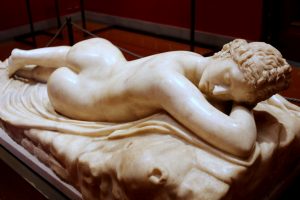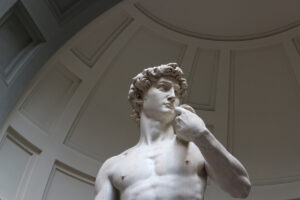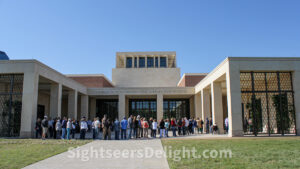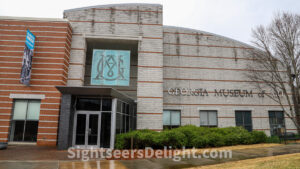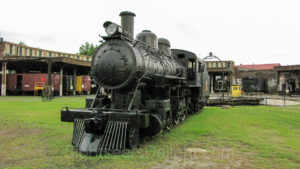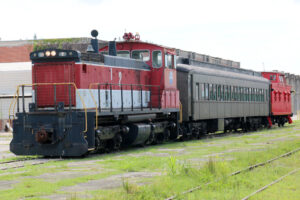The Field Museum of Natural History is one of the largest natural history museums in the world. Known colloquially as The Field Museum, the museum is home to more than 24 million specimens and objects, including gems, meteorites, fossils and cultural artifacts from around the globe. More than 2 million people visit the museum every year. Among the most famous items in the collection are Sue, the largest and most complete Tyrannosaurus rex skeleton currently known, and the infamous Lions of Tsavo.
60605
Dating to 1769, Fort Church is the oldest church on the island. The church’s associated museum features a number of historic artifacts chronicling the Dutch Protestant congregation that dates to 1635.
The historic Fraunces Tavern played a prominent role before, during and after the American Revolution. The edifice was a headquarters for George Washington, a venue for peace negotiations with the British and housed federal offices during the early days of the republic. Downstairs is a tavern, and a museum is located upstairs. Exhibits include a lock of hair and a tooth from George Washington.
10004
Galleria degli Uffizi is arguably the most famous art museum in the world. It makes sense considering Florence is the birthplace of the Renaissance in the 14th century. The museum is located in the Historic Centre of Florence and opened as a museum in 1769. Among its famous works of art is Sandro Botticelli’s 15th century “Birth of Venus.” It also houses works by Michelangelo, Raphael and Leonardo da Vinci.
The Galleria dell’Accademia di Firenze (Gallery of the Academy of Florence) is home to Michelangelo’s famed David statue and is the second most visited art museum in Italy. The museum dates to 1784 and has been home to the David sculpture since 1873. In addition to its most famous work of art, the museum houses paintings by Florentine artists, many from 1300-1600.
The George W. Bush Presidential Center opened on April 25, 2013. The centerpiece is a 9/11 exhibit, but it is but one section of the 14,000-square-foot museum that opened to the public last month. In addition, the museum features a full scale replica of the Oval Office, information about life in The White House, President Bush’s two dogs, a collection of autographed baseballs and an exhibit — complete with hanging chads — about the 2000 election in which Bush defeated then Vice President Al Gore.
75205
The Georgia Capitol Museum traces its origins to 1889 when the Georgia General Assembly revived the office of state geologist and directed him “to collect, analyze, and classify specimens of minerals, plants and soils.” The following year, the governor designated the corridors of the fourth floor of the Capitol as temporary quarters to house the museum.
30334
The Georgia Museum of Art is located on the University of Georgia campus in Athens and has been the official art museum of the state of Georgia since 1982. It started in 1948 in the basement of the old library on the university’s North Campus. In April 1996, the museum opened a new building in the Performing and Visual Arts Complex on the university’s East Campus. The museum has over 18,000 objects in its permanent collection, an increase from the core of 100 paintings museum founder Alfred Heber Holbrook donated. Its permanent collection includes American paintings from the 19th and 20th centuries, American, European, and Asian works on paper, southern decorative arts, and Asian art.
30602
The Georgia State Railroad Museum is home to more than 40 railroad locomotives and cars and house in the historic Georgia State Railroad Museum roundhouse. The building dates to 1851, but the railroad demolished about half of the roundhouse in 1926 and re-engineered the facility to accommodate larger steam engines. Southern Railway, successor of the Central of Georgia Railroad, closed the facility in 1963 and subsequently started demolishing buildings on the property. The Coastal Heritage Society in 1989 took over management of the facility to preserve the shops for future generations.
31401
The Gold Coast Railroad Museum, founded in 1956 and located in the former Naval Air Station Richmond (NASR), is one of Florida’s official state railroad museums. It houses a valuable collection of exhibits, including the Ferdinand Magellan. This observation car was built by the Pullman Company in 1929 and served as the Presidential Rail Car between 1943 and 1958.




